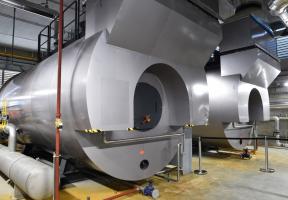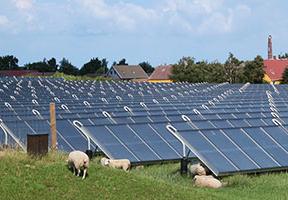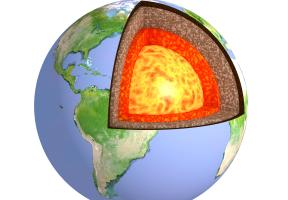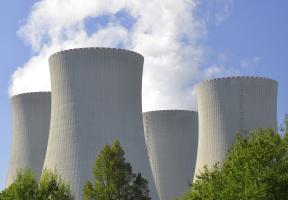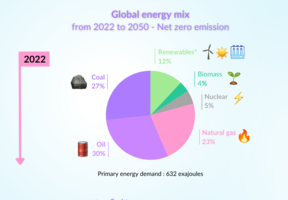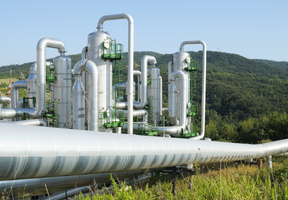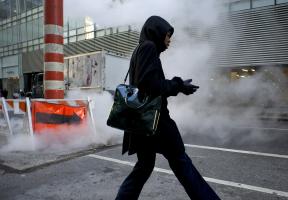Heat Sources and District Heating
10 min read
Like , and , is an essential . The challenge is to recover it or produce it from renewables, then deliver it to connected user sites, either clustered nearby or farther away.
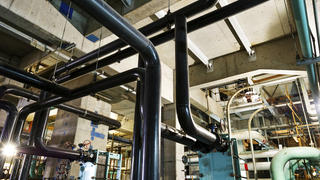
© THINKSTOCK - The boiler installation of a modern district heating system.
In France, 58.7 million tons of oil equivalent (Mtoe) of energy is used for heating and domestic hot water in residential buildings and offices. That works out to some 38% of final energy consumption. Of this, 34.6 million tons of oil equivalent comes from oil and gas, accounting for 50% of French imports of expensive, carbon-emitting fossil fuels.
But the potential heat available in France — either through heat recovery or renewable production — can be reasonably estimated at 46 million tons of oil equivalent. Tapping this potential would eliminate the use of fossil fuels for heating. And burning hydrocarbons at flame temperatures of over 1,000°C to heat rooms to a maximum of 70 to 80°C does not make sense anyway. Some €20 billion a year would be saved and an estimated 200,000 jobs created if oil and gas were no longer used for heating.
These figures are a clear indicator of just how much rides on efficient heat management.
Heat Sources
There are several major heat sources available:
- Industrial or urban processes generate , a byproduct that is currently released to the atmosphere. It is sometimes available in large quantities and at high temperature — over 100°C — meaning that it can be carried over long distances and used directly. This heat is produced by the metal, glass and cement industries, refineries and waste plants. Or it is available in small quantities at lower temperatures and therefore has to be used locally. This is the case, for example, of the food processing, paper and paperboard and chemical industries, and wastewater treatment plants.
- Heat can be produced by so-called thermal renewable energies at different temperatures. Examples include a plant in the wood-to-energy process or a deep system.
- Lastly, there are scores of widespread diffuse heat sources, especially in cities. They include data centers, malls, small local manufacturers, potable water networks and sewers, subway tunnels, and air handlers in large buildings.
-
District Heating Systems
Once recovered or produced, the heat has to be distributed to users, either homes or businesses. The most effective method is a heating system that connects the energy source to points of use. A feed pipe carries hot water or steam to the buildings to be heated. Each building recovers some of the energy via a heat exchanger installed in a substation. A return pipe carried the now-tepid water to the boiler. The latest systems incorporate “smart” components to adjust the supply and return temperatures in line with changes in weather conditions.
District heating systems do not produce carbon dioxide (CO2) or smokestack emissions or dust. They also reduce safety-related risks. When efficiently managed, they cut users heating bills.
Using Heat
District heating networks are extensive and expensive. In new neighborhoods, regulations are required to ensure that they are included in the planning process from the outset. In older neighborhoods, they are difficult and costly to retrofit. Close cooperation between the public authorities and businesses is critical. Countries have achieved different levels of progress in this area.
A number of challenges arise when trying to match potential heat and end-of-chain applications.
“Cow Water”
Commercial dairy plants “concentrate” milk, an operation that consists of removing some of the water it contains. To do this, they must boil the milk by injecting steam. Often, several tons of steam an hour are released to the atmosphere, because it is no longer hot enough to be used in the process. The plants have developed mechanical processes to recompress the steam, sometimes called “cow milk”, and then reuse it.



